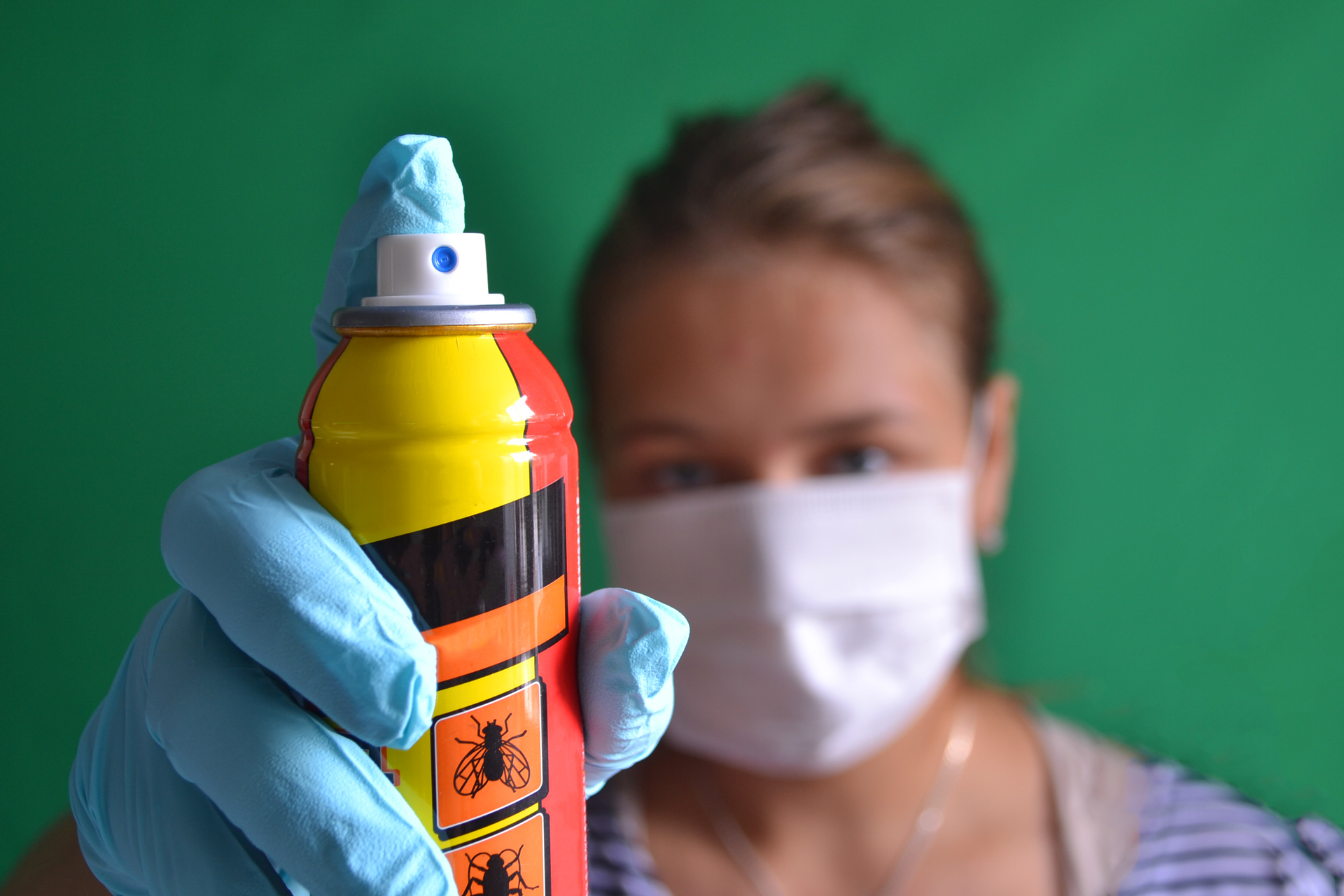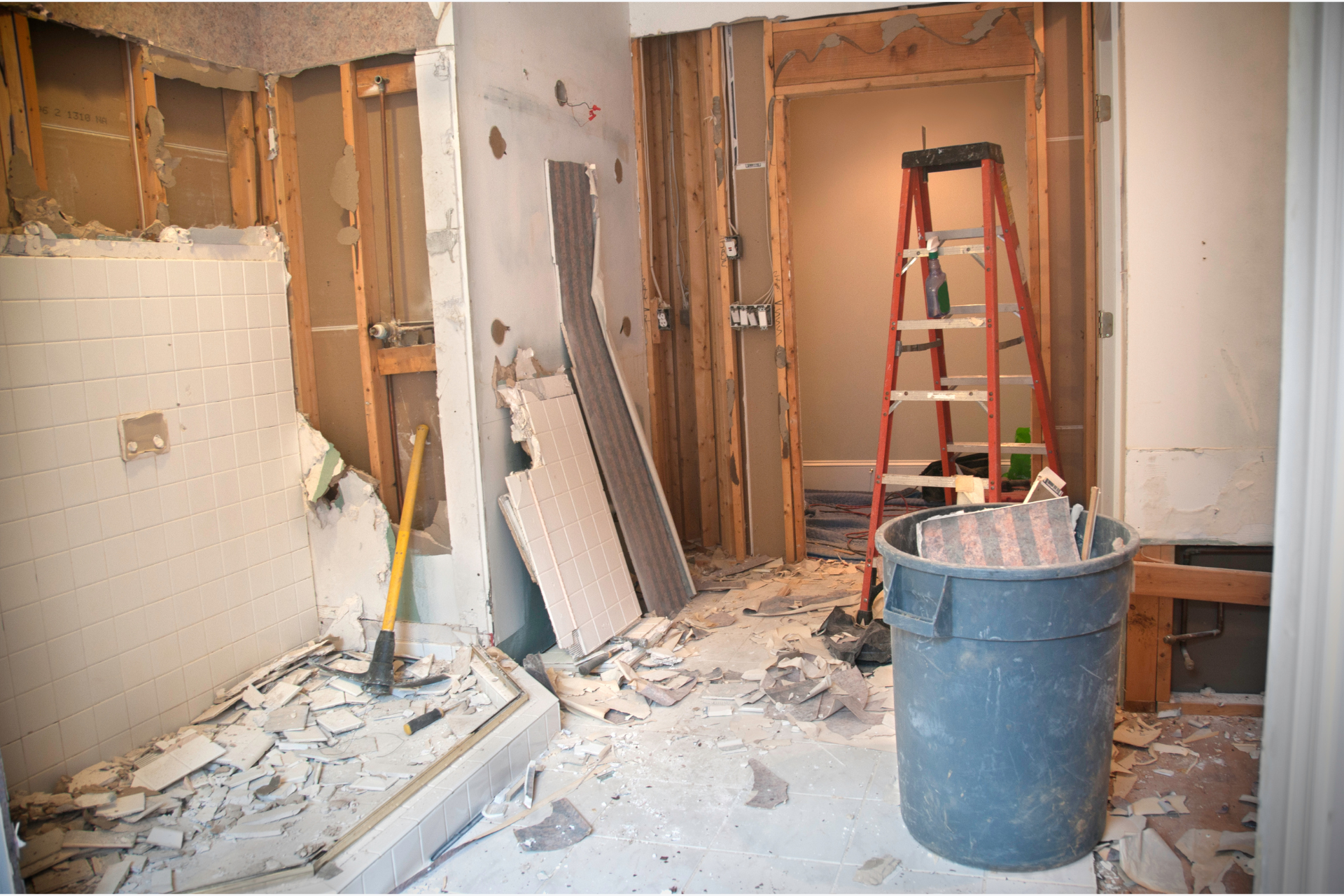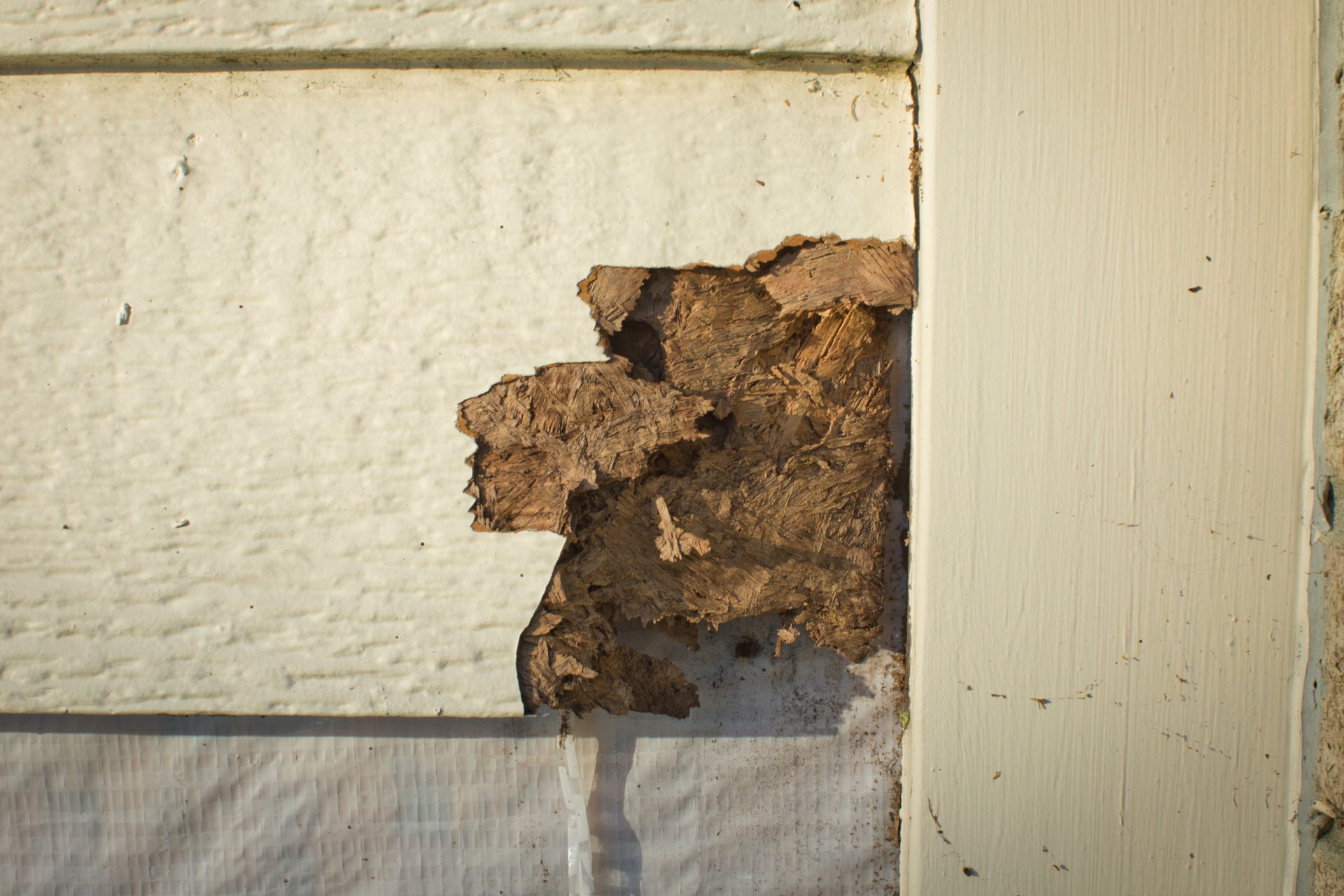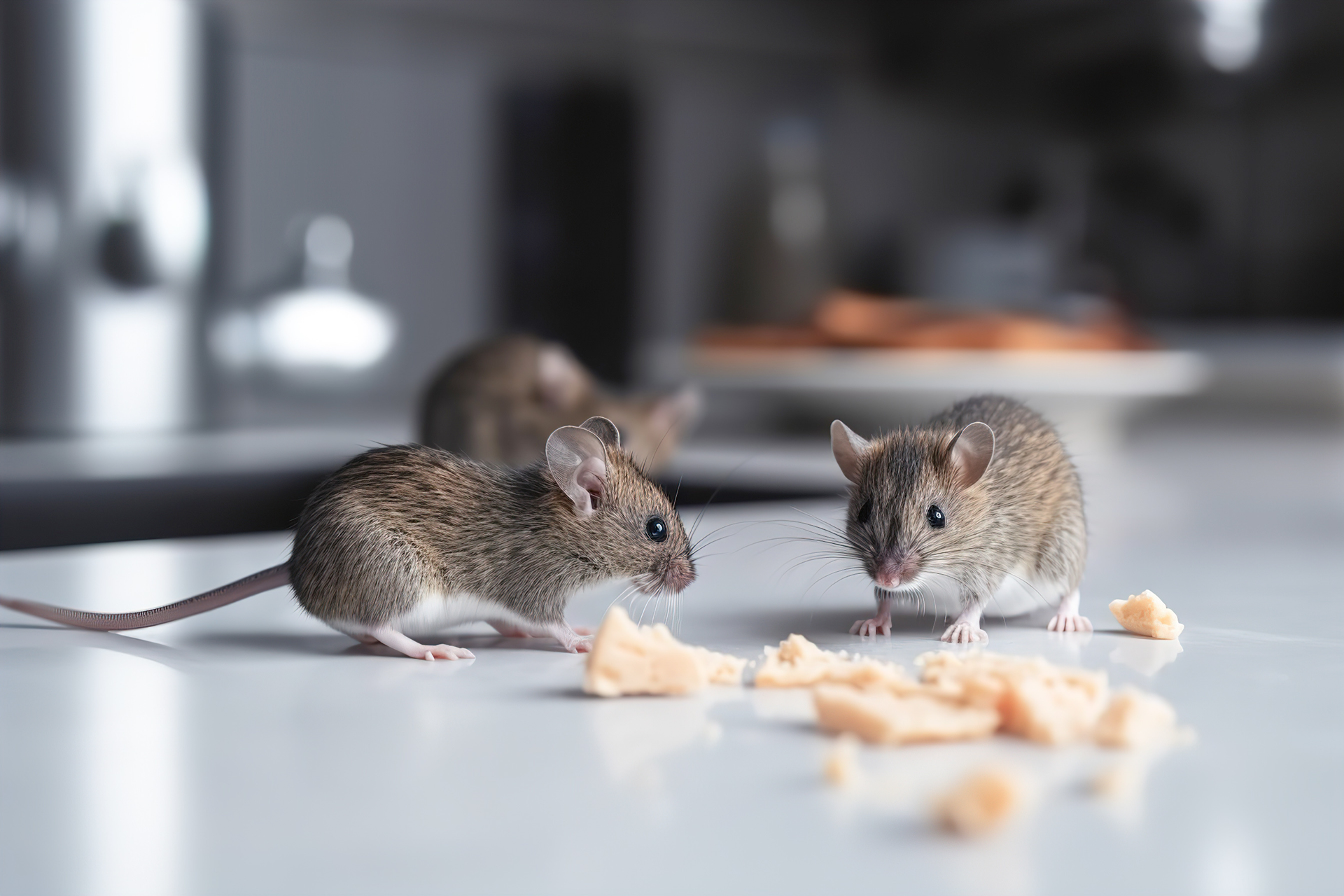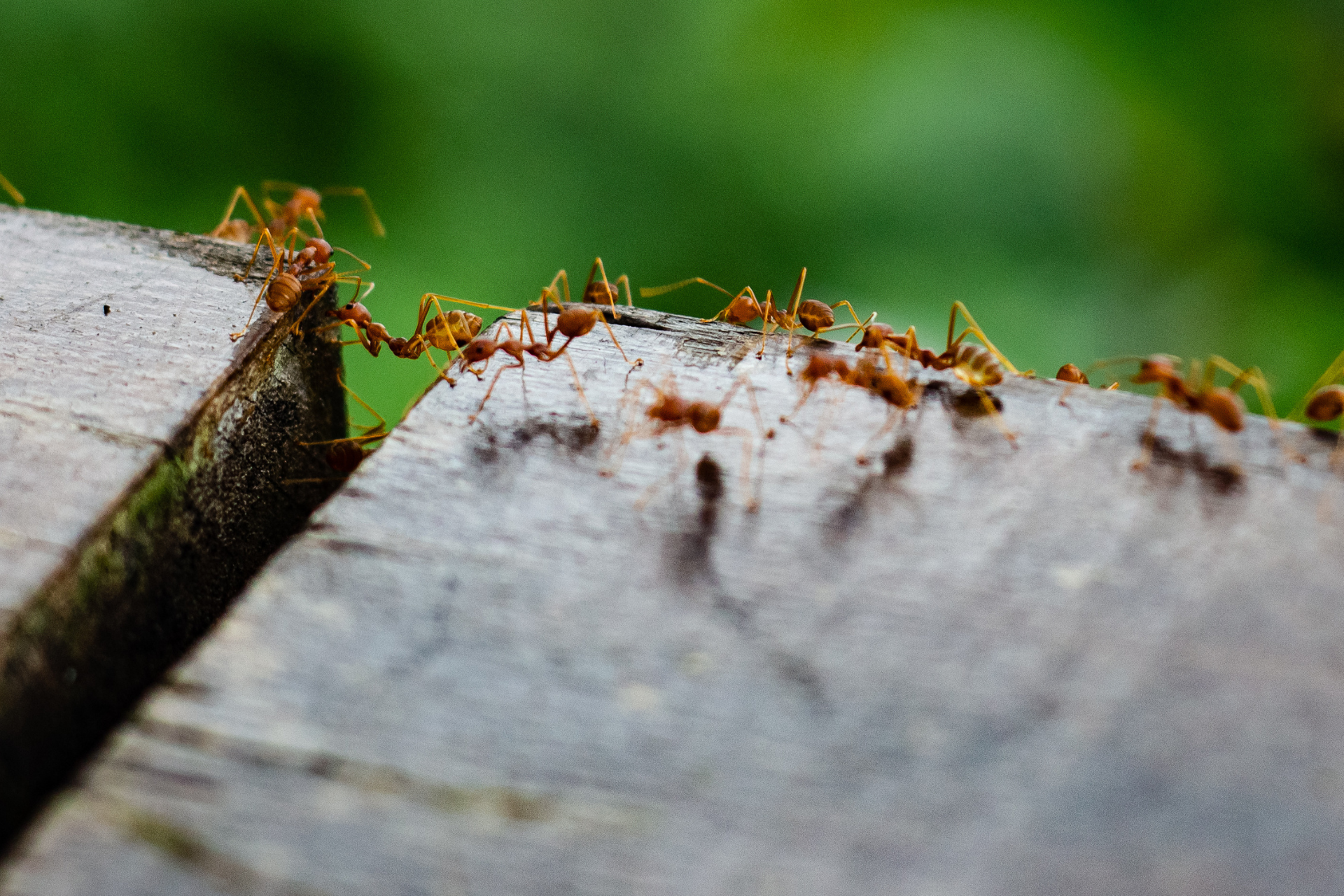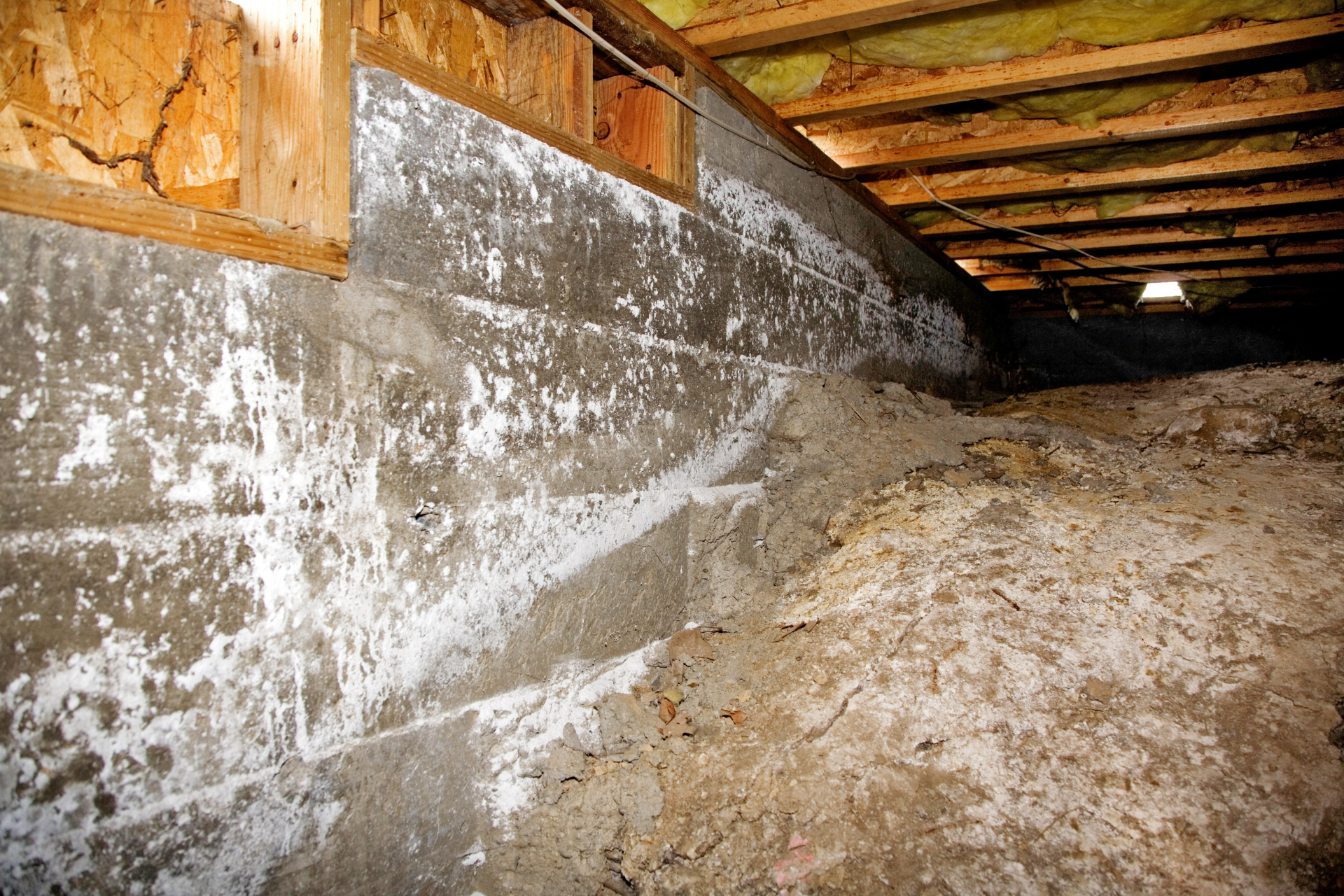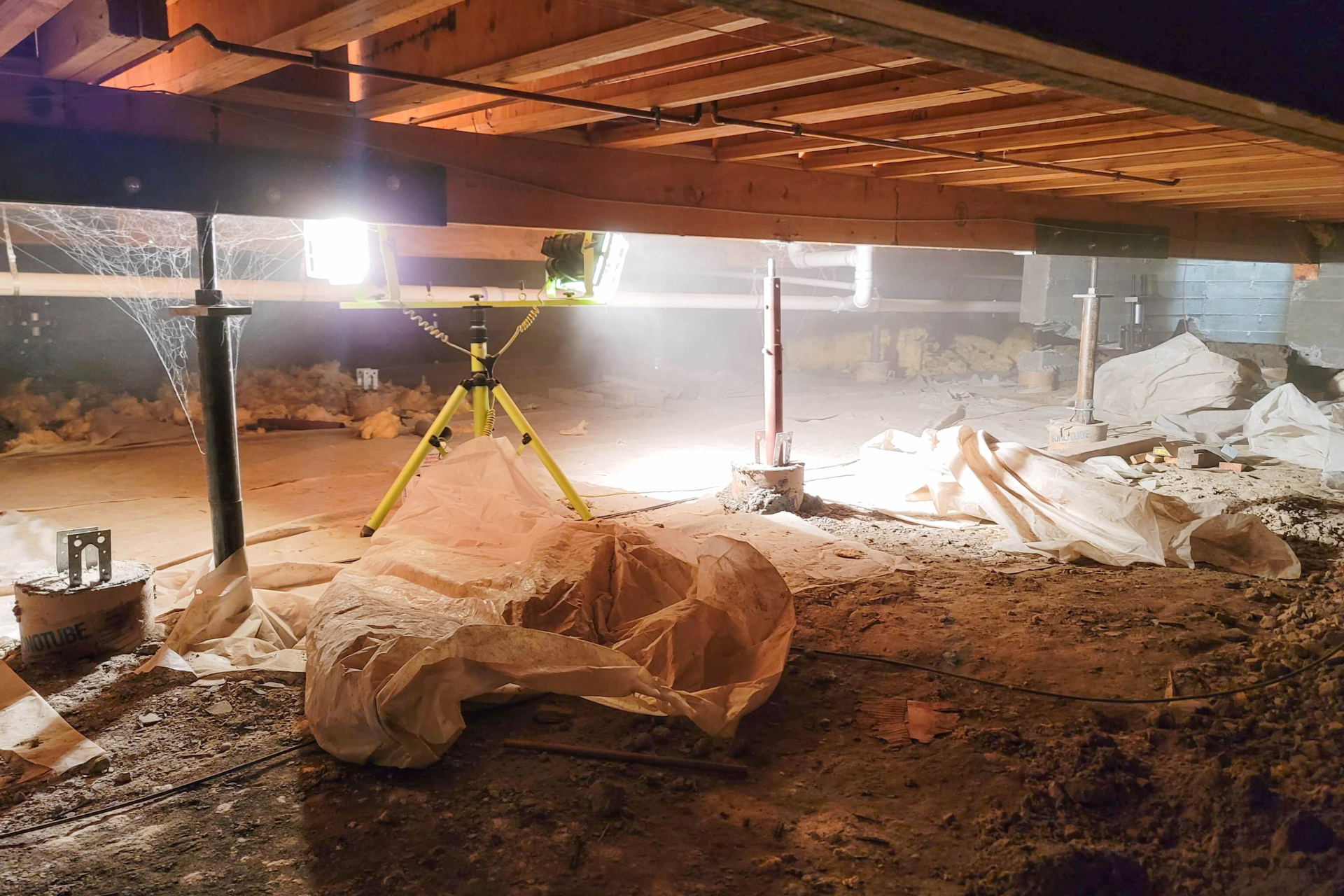Blog Layout
DIY Bed Bug Treatments
January 1, 2021
One of the most well-intentioned yet ineffective fads that homeowners have clung to over the years is the wave of DIY pest control solutions. Not only are they ineffective, but at times, homemade pest deterrents and other such things outright backfire, leaving your home worse off than before. Whether you're inspired by a recent blog you've read or have taken the word of authoritative household suppliers, you simply can't resolve some residential issues without a professional.
Take bed bugs, for example. These little critters are among the most widespread pests
that torment homeowners, from simple biting to triggering severe allergic reactions and infections. Despite how elusive and destructive they can be, people still attempt to face these bugs alone without the certainty of the outcome.
One basic DIY solution that influencers and self-sufficiency gurus push is vacuuming: yes, just vacuuming. If it were that easy to get rid of them, no one would have infestations. Suffering homeowners are encouraged to grab a powerful vacuum cleaner and hose attachment and get to work on the insects overtaking their living space. Of course, the frequency with which you vacuum depends on the infestation's severity. Unfortunately, as popular as this method is, it's thoroughly flawed.
Bed bugs are tiny creatures. They measure only about 5-7 mm long, which is just about the size of an apple seed. So, suppose these reddish-brown bugs have made themselves comfortable on dark-colored or patterned furniture. You're going to have a tough time seeing them well enough to effectively vacuum the space. This only represents the adults – the nymphs (younger bugs) are significantly smaller at 1.5-4.5 mm, and the eggs are only the size of a pinhead. Unless you're carrying a magnifying glass with you as you vacuum, you're highly unlikely to complete a thorough cleanup. In this case, you'll likely see a second wave of the infestation, led by the nymphs and eggs that you missed in your first pass.
DIY bed bug remedies can get a bit outrageous while still managing to yield little to no substantial results. For instance, there is the rubbing alcohol
and essential oil combo. Ever since the public found out that rubbing alcohol could potentially kill them, people flocked to the treatment, even though it was deemed ineffective by authorities like Texas A&M University. The university reported that rubbing alcohol killed only 50% of the bed bugs exposed to the substance even in the most controlled conditions. Thus, this technique is just as effective as trapping the bugs in a Ziploc bag full of mothballs for a few days. Still, homeowners eagerly grab a spray bottle and douse their houses and furniture down with bottles of rubbing alcohol, effectively increasing the flammability of affected surfaces in the building (and making the entire place smell overwhelmingly of alcohol). There's also no guarantee that you'll even reach all the bugs, as they are widely known to hide in hard-to-reach crevices. You'll have to soak certain parts of the furniture in alcohol, only to slightly improve your chances of getting rid of half the infestation.
What about the essential oils? Surely a natural solution paired with the strong rubbing alcohol would increase your chances of success. The problem is those who push this DIY method base it on a misinterpretation of a 2018 study. During this project, the researchers exposed the bugs to pure oregano essential oil harvested directly from Iran's Yazd Province and subsequently tested to verify its potency. The oil was then dissolved in ethanol, and the scientists monitored the bugs in a petri dish over 24 hours for their response to the repelling (not eradicating) solution. Unless you have the time, money, and equipment to harvest oregano fresh from its natural habitat and soak your bed and furniture in the proposed solution, you're out of luck for either repelling or eliminating bed bugs.
Finally, there's Borax. Yes, Borax. Some believe that sprinkling this powdery substance on your bed and furniture can help remove bed bugs because it suffocates them. While this may be true, this DIY solution is an absolute no-no. Health experts have clearly shown that Borax can be harmful to humans, specifically causing problems like:
- Eye and skin irritation
- Respiratory problems if inhaled
- Mouth infections
- Nausea and vomiting
Do not apply this product to your bed or other furniture in an attempt to treat the bed bug infestation on your own. Although most DIY solutions are only silly and misleading, this one can have real consequences for your health, as well as that of children and pets. If your home is overrun with bed bugs, you don't have to go it alone or make the resolution more complicated than it needs to be. Instead, call on the experienced pest extermination professionals from At Ease Pest Solutions. We're a Veteran-Owned and Operated company that prioritizes your health and comfort above all else. Get in touch with us today for a free quote and to learn just how we can rid your home of these pests.
Troutman Branch
694 South Main Street
Troutman, NC 28166
704.761.9697
